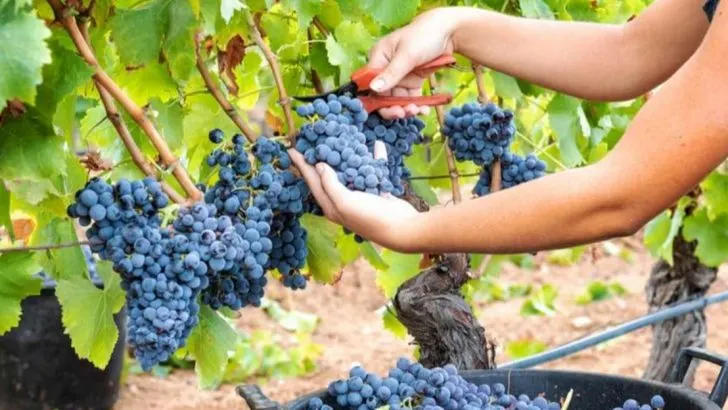Grapes are drama queens—beautiful, demanding, and totally worth the trouble. One day, they’re charming you with delicate tendrils and lush leaves. The next, they’re sulking in the sun, refusing to fruit, dropping grapes like secrets. But once you crack their code? They’ll spoil you with bunches so sweet, you’ll swear you’re walking through a Tuscan vineyard instead of your backyard. This isn’t about luck. It’s about timing, pruning, feeding, and choosing the right vine for your space. Miss a step, and the only thing you’ll harvest is regret. So if you’re ready to turn tangled vines into overflowing bowls of grapes—juicy, rich, and ready for snacking or sipping—this is where it starts. Let’s make those vines sing.
Choosing the Right Grape Variety
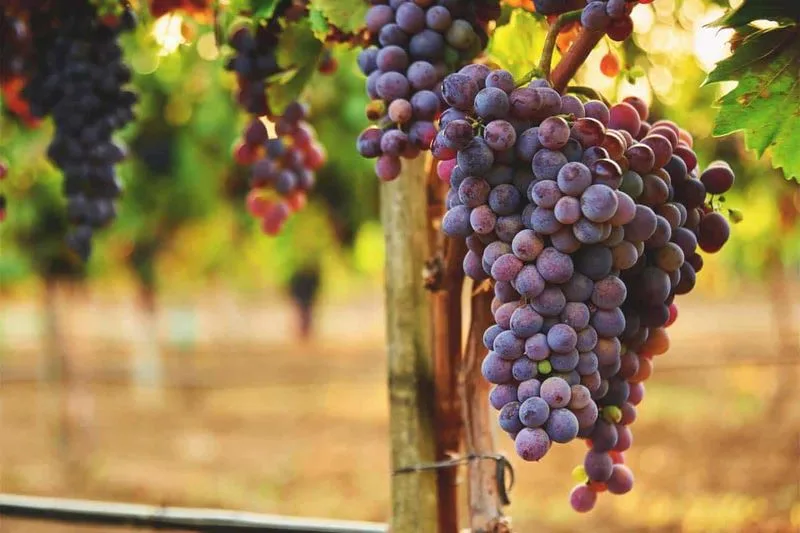
Selecting the right grape variety is crucial for a successful harvest. Consider the climate, soil type, and intended use of the grapes. Are you aiming to produce wine, juice, or simply enjoy fresh grapes? Each variety has its unique requirements and characteristics. Understanding these can make all the difference.
Research local varieties that thrive in your region and consult with local growers. The right choice can mean the difference between a thriving vineyard and one that struggles. It’s about finding the variety that matches your specific needs and conditions.
Preparing the Soil
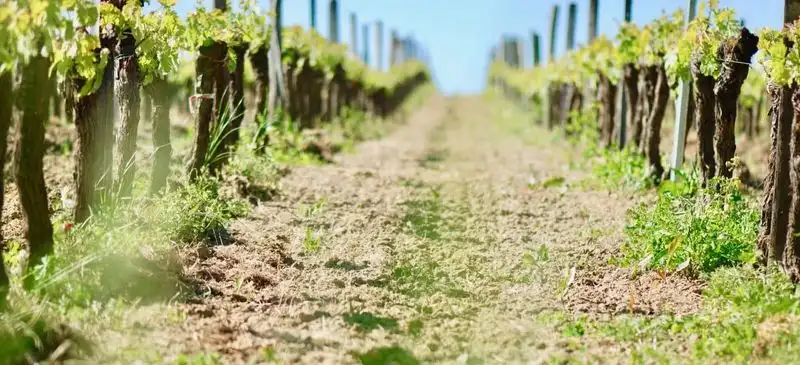
Healthy soil is the foundation of a fruitful harvest. Begin by testing the soil’s pH and nutrient levels. Grapes prefer well-drained soil with a pH between 5.5 and 6.5.
Amend the soil with organic matter, like compost or aged manure, to enhance fertility and drainage. Proper preparation sets the stage for healthy root development and robust growth.
Consider using cover crops to enrich the soil naturally. A well-prepared soil bed is essential to support the grapevines throughout their growth cycle.
Planting Techniques
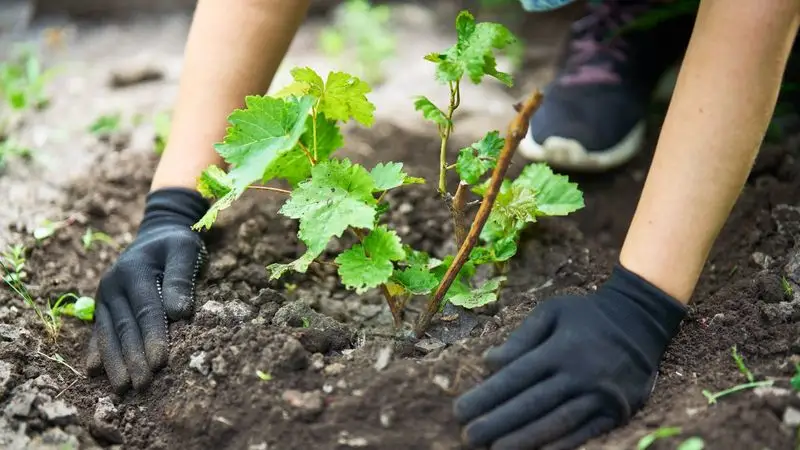
Planting grapevines requires precision and care. Space the vines adequately, considering the variety and growth habits. Proper spacing ensures good air circulation, reducing disease risk and promoting healthy growth.
Plant the vines in rows oriented north to south to maximize sun exposure. Dig deep holes to accommodate the root system, and water thoroughly after planting.
Adhering to these techniques helps establish strong, healthy vines capable of producing abundant fruit.
Irrigation and Water Management
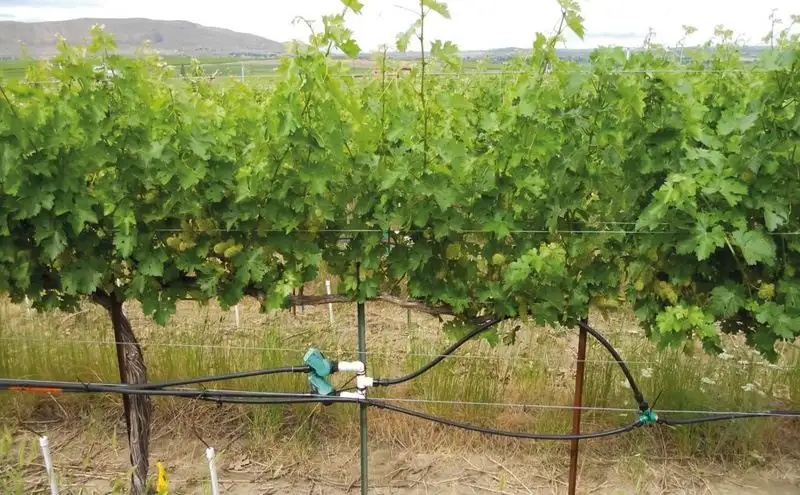
Effective irrigation is key to grapevine health. Grapes require consistent moisture, especially during the growing season. Utilize drip irrigation systems to deliver water directly to the roots, minimizing waste and ensuring uniform moisture levels.
Monitor weather patterns and adjust watering accordingly. Overwatering can lead to root rot, while underwatering stresses the vines, affecting fruit quality.
Balancing water management keeps the vines healthy and productive, supporting optimal grape development.
Pruning and Training
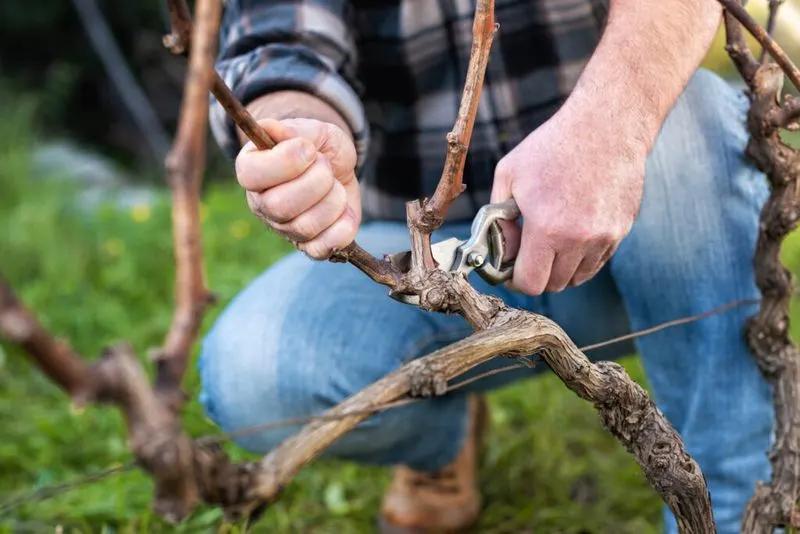
Pruning and training grapevines are art forms that require skill and knowledge. Proper pruning removes excess growth, allowing sunlight to reach the fruit and air to circulate. This encourages healthy development and reduces disease risk.
Training the vines on trellises or arbors provides structure and support. Different grape varieties may require specific pruning techniques, so research is vital.
Mastering these practices leads to a well-managed vineyard with high yields and quality grapes.
Pest and Disease Control
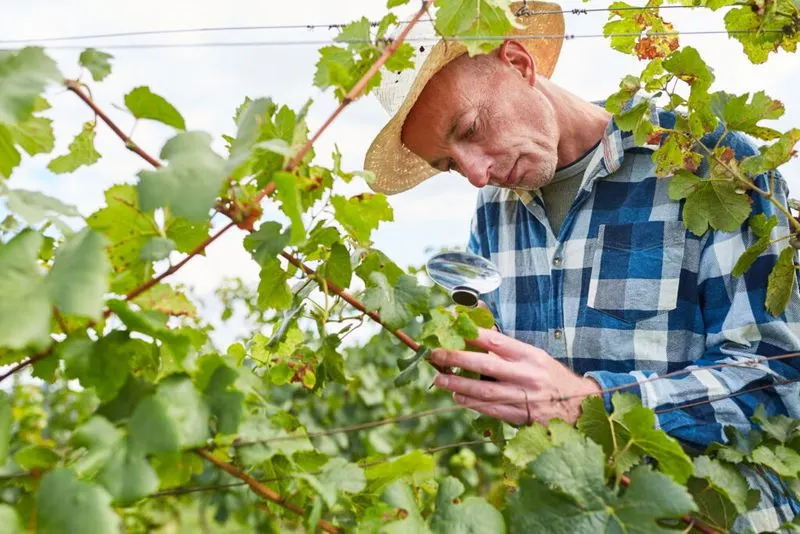
Keeping pests and diseases at bay is essential for vineyard health. Regular monitoring is crucial to catch issues early. Look for signs of common problems like powdery mildew, downy mildew, or vine weevils.
Implement integrated pest management (IPM) strategies, combining cultural, biological, and mechanical methods. Encourage beneficial insects that prey on harmful pests.
A proactive approach minimizes the need for chemicals, promoting a sustainable and healthy vineyard environment.
Fertilization Strategies
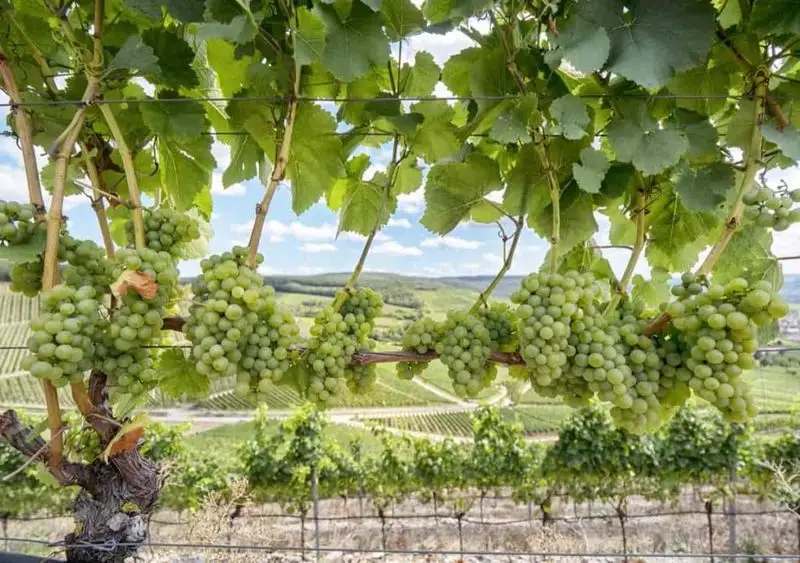
Feeding your grapevines ensures they receive the nutrients necessary for growth and fruit development. Conduct regular soil tests to tailor fertilization to the vineyard’s specific needs.
Apply balanced fertilizers, rich in nitrogen, phosphorus, and potassium, during key growth stages. Organic options like compost or fish emulsion can provide additional benefits.
Strategic fertilization supports vigorous vines and enhances fruit quality, leading to a rewarding harvest.
Canopy Management
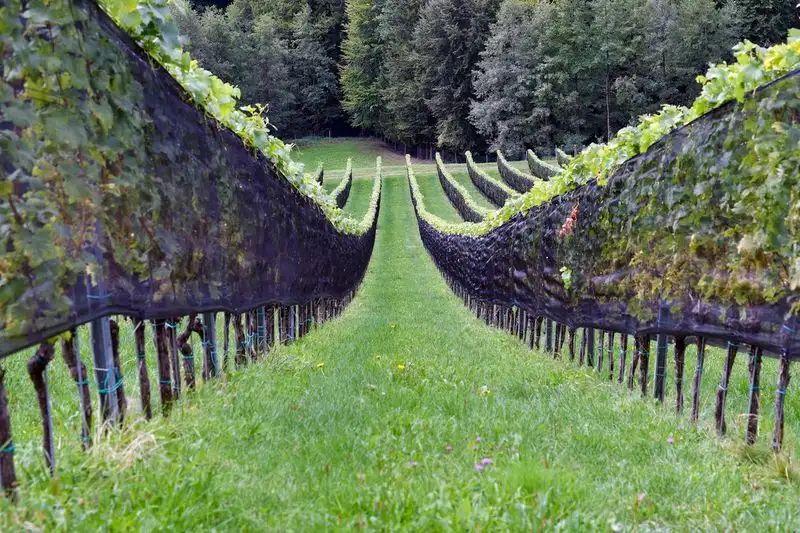
Managing the grapevine canopy involves shaping and maintaining the foliage to optimize light exposure and airflow. This practice is vital for ripening fruit and preventing disease.
Regularly thin leaves to enhance sunlight penetration and reduce humidity around the grapes. Proper canopy management boosts photosynthesis, improving fruit quality and yield.
An open, well-managed canopy creates a healthier vineyard environment, leading to successful grape cultivation.
Harvesting Techniques
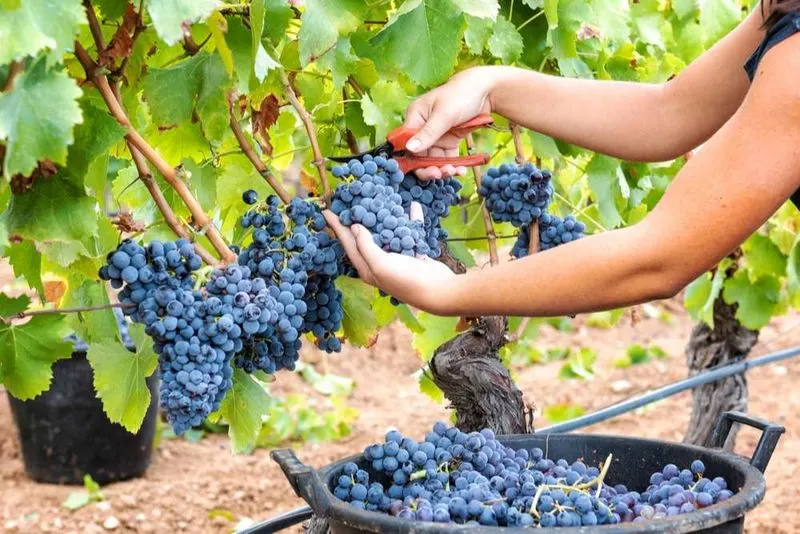
The culmination of your efforts is the grape harvest. Timing is crucial; grapes must be picked at peak ripeness for the best flavor and quality.
Use refractometers to measure sugar levels, ensuring the right balance between acidity and sweetness. Harvesting by hand allows for selective picking, preserving fruit integrity.
Proper techniques ensure a premium harvest, ready for winemaking or enjoyment as fresh produce.
Post-Harvest Handling
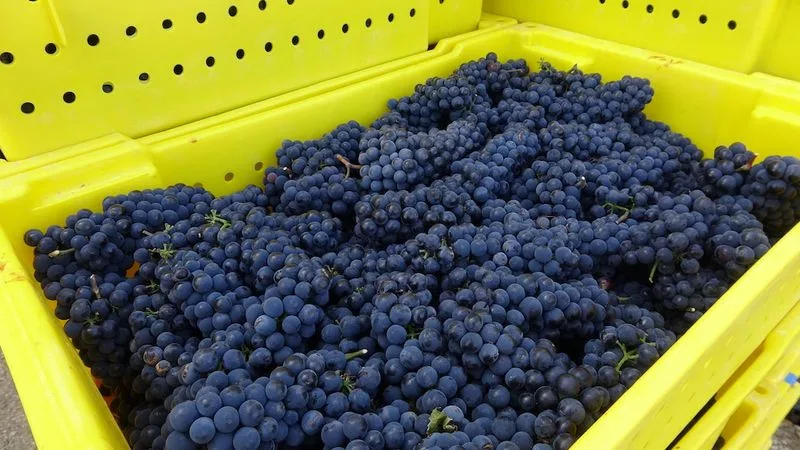
Once harvested, grapes require careful handling to maintain quality. Immediately transfer them to a cool environment to slow down spoilage.
Sort and clean the grapes, removing damaged or diseased fruit. Gentle handling prevents bruising, preserving the grapes’ appearance and taste.
Efficient post-harvest processes safeguard the fruits of your labor, ensuring they’re ready for market or winemaking.
Climate Considerations

Understanding and adapting to climatic conditions is vital for successful grape cultivation. Grapes need plenty of sun, but extreme heat or cold can damage the vines.
Monitor weather forecasts and employ protective measures during adverse conditions, such as frost or heatwaves. Windbreaks or shade nets can offer additional protection.
By aligning grape growing practices with the local climate, you can enhance resilience and achieve a fruitful harvest.
Sustainable Practices
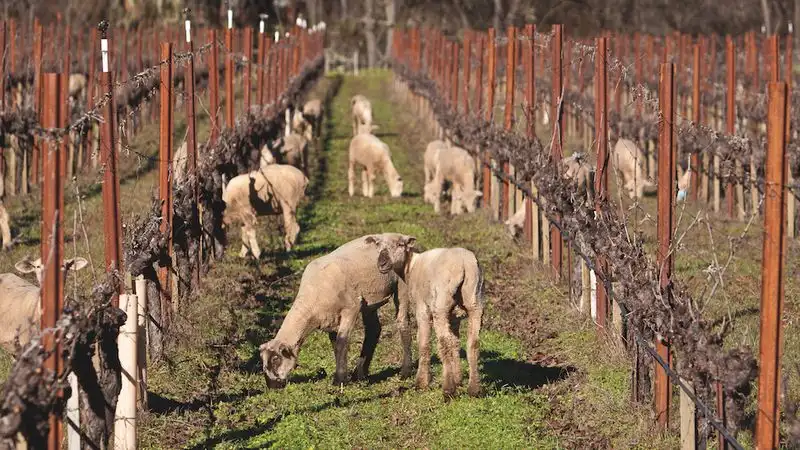
Sustainability in grape growing is about balancing productivity with environmental stewardship. Embrace eco-friendly practices like organic farming, water conservation, and renewable energy.
Implement cover cropping and crop rotation to maintain soil health and biodiversity. Sustainable practices not only preserve the environment but also enhance vine health and fruit quality.
By committing to sustainability, you contribute to a healthier planet and ensure a future for grape cultivation.
Legal and Business Aspects
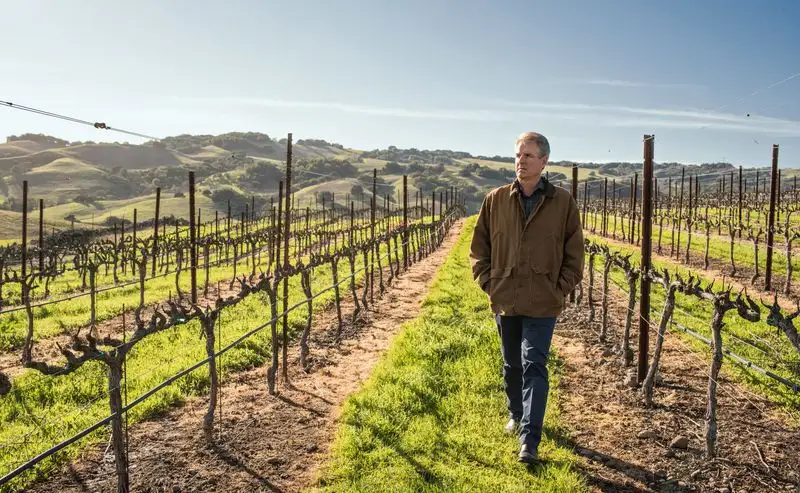
Navigating the legal and business landscape is essential for vineyard success. Familiarize yourself with local regulations, permits, and certifications required for grape growing.
Develop a solid business plan, considering market demand and pricing strategies. Networking with other growers and industry professionals can provide valuable insights.
A well-rounded approach to the business side ensures legal compliance and financial viability, supporting long-term success.
Innovations and Technology
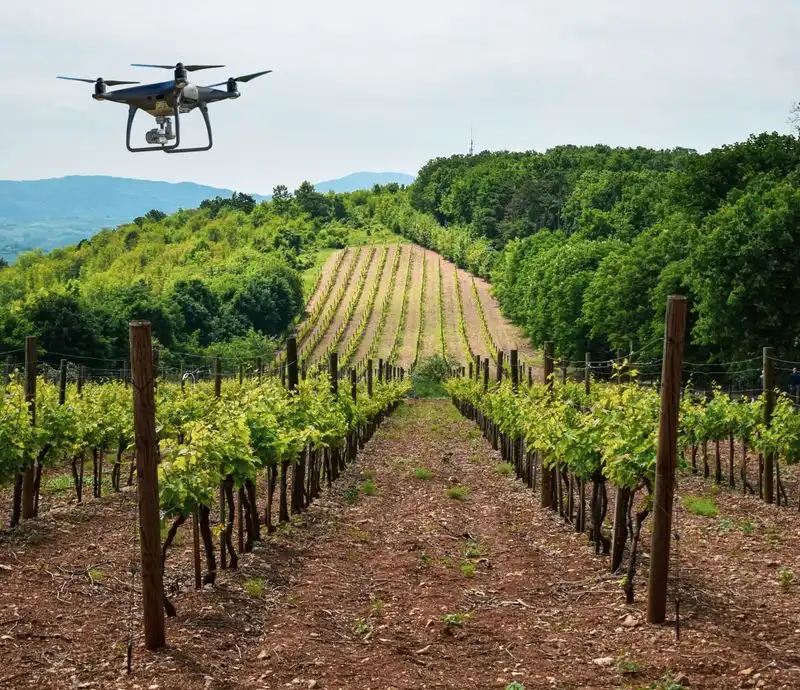
Embracing technology can revolutionize grape growing. Innovations like drones for monitoring vine health or automated irrigation systems enhance efficiency and precision.
Explore smart agriculture tools that provide valuable data on soil conditions, weather patterns, and pest activity.
Keeping up with technological advancements can improve yields and streamline operations, positioning your vineyard at the forefront of modern grape cultivation.

